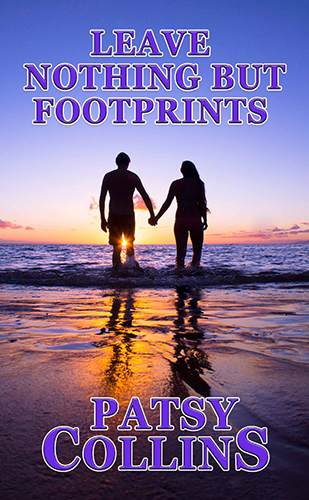
Patsy Collins: Leave Nothing But Footprints
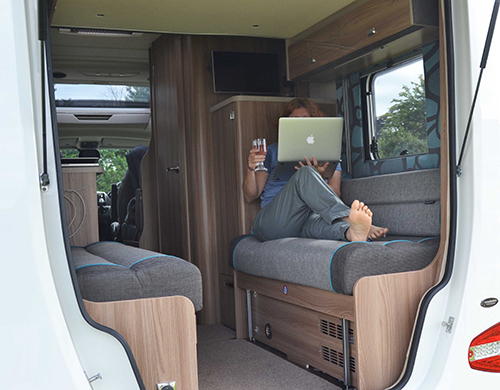 My guest today is Patsy Collins – The traveling writer!
My guest today is Patsy Collins – The traveling writer!
Patsy and I are hosting a Writers’ Workshop Weekend in Hope Cove next March – and there’s an early bird offer on this month. Book now to save £20 on the tuition fee.
Between now and then, Patsy has a new book out, we are both looking forward to NaNoWriMo, and, today, we’re talking about travel and research …
You love traveling, Patsy?
Travel is an essential part of my husband, Gary’s work. He’s a maritime photographer and I’m his moll (tripod-carrier-in-chief).
Gary works mainly on a freelance basis, and we spend an average of four months a year in our campervan.
Because Gary frequently has to spend several days in the same location, I write whilst we’re away.
I enjoy researching these locations for my novels and love exploring. To some extent, we can pick the locations, so if I wish to research a particular place, it’s usually easy to arrange to go there.
Travel provides inspiration for your writing?
At times, it’s hard to say whether travel inspires my work, or if work inspires my travel plans. However, I do know that visiting different locations helps me to write.
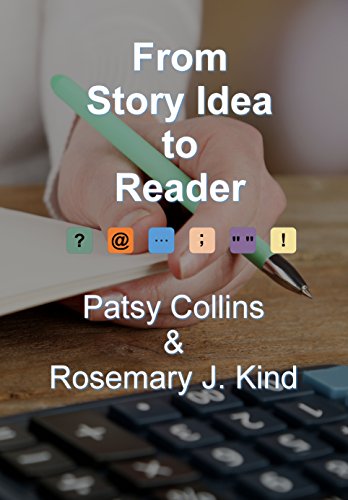 In my creative writing guide, co-authored with Rosemary J Kind, From Story Idea to Reader, I give a list of 101 places to find writing ideas.
In my creative writing guide, co-authored with Rosemary J Kind, From Story Idea to Reader, I give a list of 101 places to find writing ideas.
- One of them is, “When you holiday abroad, you’re also conducting a research trip.”
- Another is, “A fork in the path – what would have happened if you, or your character, had taken the other one?”
Except for the fact my novels are set in the UK, these two suggestions mirror my own research process.
Travel certainly broadens the mind, especially on an international scale. Travel also opens us up to new experiences and ideas.
For some, that’s trying the local food and drink; for writers, it means new plot lines. Actually, we sample the food and drink too, but we’re thinking about our plots as we do it.
Where does travel fit into your research strategy?
I research novels in two stages: first, the big picture, and then the detail.
Big picture research
I find a suitable location, or locations, in which to set a novel and then check up on any facts on which major scenes might rely.
 For example, in my latest romance, Leave Nothing But Footprints, Jess and Eliot travel in a campervan, from her home in Southsea, on the south coast of England, to Pembrokeshire in Wales for a series of photographic assignments. These locations are familiar to me, so I already had a good feel for them. We’ve also had campervans for eight years and I’ve accompanied Gary on shoots for even longer, so I was ready to get writing.
For example, in my latest romance, Leave Nothing But Footprints, Jess and Eliot travel in a campervan, from her home in Southsea, on the south coast of England, to Pembrokeshire in Wales for a series of photographic assignments. These locations are familiar to me, so I already had a good feel for them. We’ve also had campervans for eight years and I’ve accompanied Gary on shoots for even longer, so I was ready to get writing.
However, I needed to know roughly how long the journey would take in order to present it realistically. When creating the outline, it wasn’t necessary to know the route or exact timings; a check on Google was enough.
If I’d not been to either location, sat in a campervan or picked up a camera, I’d have done some basic research about these things. My research methods include online searches, speaking to appropriate people and learning by experience. For previous novels, I’ve attended an inquest, delivered calves and chatted to firemen.
It’s a hard life, being a writer!
Detailed research
Once the first draft is done, I conduct more detailed research and, whenever possible, write the next version on location.
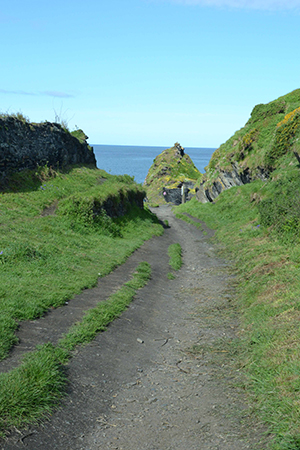 My first drafts are messy and sparse, so I’ll also be correcting mistakes and adding to the story. Being in the location is brilliant, as I can check the little details which bring a story to life.
My first drafts are messy and sparse, so I’ll also be correcting mistakes and adding to the story. Being in the location is brilliant, as I can check the little details which bring a story to life.
For example, Jess and Eliot park the van at Whitesands Bay and walk up to St David’s Head, photographing wildflowers on the way.
In my first draft, I wrote this as a long and tiring trek because that’s how I remembered it from an earlier visit. I decided to walk up there again, to check the flowers I’d mentioned would be out at the right time. They were, but the walk was shorter and easier than I’d originally written it (I like to think I’ve got fitter!) and I’d forgotten how sandy the first part of the path was.
Not to worry, I got Jess and Eliot up the top far more quickly and put the rocks back where they came from. And then I had to find some other places to take them because tiring Jess out was important to the storyline.
Is this latest novel autobiographical?
Leave Nothing But Footprints is not autobiographical!
I can assure you that, while tiny details were inspired by real events, the overall story is not. Jess is nothing like me. Gary and Eliot are very different people.
Phew!
‘Walking the walk’ is part of your research?
Yes, but admiring the view wasn’t the only form of research I needed to do.
Because Eliot is an acclaimed photographer and is teaching Jess, there were times when I had to refer to technical aspects of the job. Fortunately, I had my consulting expert right there in the van with me. If Eliot had worked in another field, I’d have needed to persuade someone else to advise me.
As I wrote, Gary and I ate the food Jess cooked for Eliot. Mostly, that was a good thing, but not when it came to the pasta surprise.
For other details, I used my memory of the things I’d had to learn, or which surprised me about campervans and photography.
Sometimes, I researched things I’d written; sometimes, I wrote about things I discovered during my research. For me, it’s always like that. I write what I know, but I also get to know places and research subjects in order to write about them.
Sounds like an excellent research strategy – one for others to copy?
If the idea appeals, then, why not? But, the fact it works for me doesn’t make it right for everyone. Other people may prefer to work in completely different ways. That’s a good thing. The more variety in the way we work, and in the results we produce, the better.
If I want my kind of book written my way, I’ll produce it. When I read books by other authors, I like meeting the people, visiting the places and learning about the things in their stories.
Talking to you, Anne often prompts writing ideas, but that’s a whole different story!
Are you doing NaNo this year?
I’m currently creating an outline and the initial location research is already complete. I’ll be setting it half in my hometown and half down in the West Country – your neck of the woods – an area that Gary and I visit quite often.
We’ll be there again next March for our Writers’ Workshop Weekend in Hope Cove. The view from the hotel balcony is inspirational indeed!
More About Patsy Collins
Patsy Collins is a romantic novelist and short story writer.
More than 400 of her short stories have been published, many of them in magazines in the United Kingdom, Ireland, Sweden, Australia and South Africa.
Patsy then has eight collections of her short stories and she’s also written five novels – Escape To The Country, Paint Me A Picture, A Year And A Day, Firestarter, and Leave Nothing But Footprints.
Plus, Patsy has co-written From Story Idea To Reader, a nonfiction book about writing.
Patsy has a website https://patsycollins.uk and writes two blogs:
- For free-to-enter writing competitions, visit http://patsy-collins.blogspot.co.uk/
- For news on the women’s magazine market, visit http://womagwriter.blogspot.co.uk/
If you write using Scrivener (or even if you don’t!)
and would like to have a guest blog, contact me!
The ScrivenerVirgin blog is a journey of discovery:
a step-by-step exploration of how Scrivener can change how a writer writes.
To subscribe to this blog, click here.
Also … check out the Scrivener and RedPen Editing Tips
on my ScrivenerVirgin Facebook page.


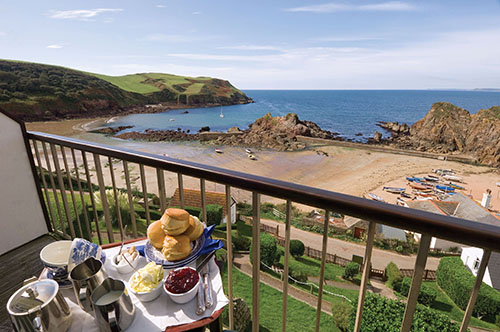
Patsy
13 October 2017 at 12:38Thanks so much, Anne.
Yes, it’s such a hard life being a writer! Don’t know how I cope sometimes. 😉